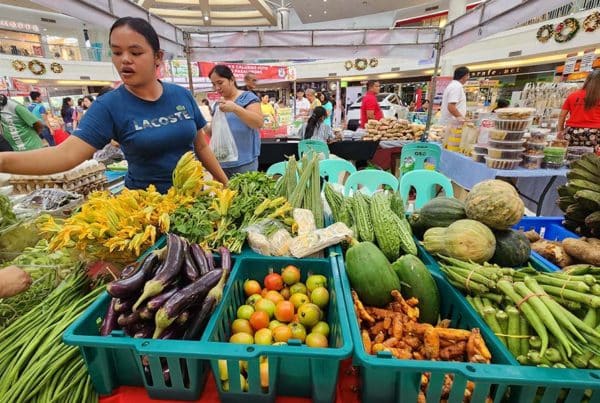Business Log
Saving the tobacco industry
By Eva C. Visperas
FROM 22M kilos, it’s now down to only 2M of tobacco produced in Pangasinan
I used to admire the sight of tobacco hung in the farmlands of San Jacinto on my way to Manaoag. Now, I can hardly see this produce. Time was when former Sto. Tomas Mayor Bebot Villar told me of the financial difficulties encountered by his constituents who were into tobacco farming. The ever-generous mayor naturally came to their rescue, as always.
Recently, I talked to Cesario Sambrana, branch manager of National Tobacco Administration regional office based in Villasis. His secretary was initially reluctant to let me interview him. “Media? Aaaaa,” her face looked sour. (I had to assured her it was nothing controversial, that I only needed an update about tobacco industry in Pangasinan).
So here’s what I gathered.
From 22 million kilos of tobacco harvested per year in Pangasinan and Tarlac tobacco-producing areas, the produce has gone down tremendously to only three million kilos.
This 3M yield comes from the remaining 2,000 hectares of land planted to tobacco in Pangasinan and Tarlac. In the past, there were about 8,000 hectares devoted to tobacco. Ninety percent of the harvests from the 2,000 hectares are sold out because these are already contracted.
The problem started in 2003 when farmers felt the effects of salt intrusion into their farms, resulting in poor quality of tobacco. But despite this grim scenario, Sembrana said the tobacco industry in Pangasinan is “not yet dying”.
The good burley producing areas are San Fabian, Sison, San Jacinto, Laoac, Manaoag, Sta. Maria, Balungao and Alcala. He said that burley is sensitive to chloride. Towns affected with high chloride are Villasis, Asingan, Bayambang and Urdaneta City where farmers now plant the native or locally called “batik” type of tobacco or the variety specified by Lancaster Philippines Inc.
Sembrana said the NTA is now exploring areas where production can be transferred for those encountering problems with chloride.
In Tarlac, there are only 20 hectares in San Manuel and Moncada devoted to planting tobacco, unlike in the past where there were about 1,000 hectares.
Presently, there are now only about 3,800 tobacco farmers in Pangasinan when there were about 16,000. Although the numbers declined, they did not suffer much, because they shifted to planting cash crops. Some 6,000 hectares formerly planted to tobacco are now planted to cash crops like vegetables.
Sembrana said the NTA has also come up with a contract growing scheme to ensure adequate provision of technical, financial and marketing assistance to farmers, adding that they are also assisting farmers by correcting their use of salt-based inorganic fertilizer, causing a salty tobacco. In addition, they have adopted a zoning system to identify the kind of tobacco to be planted in a particular area.
Meanwhile, NTA is also introducing a special kind of tobacco called semi-oriental to replace the old variety produced locally known as saplak. It is now being introduced in the towns of San Jacinto, San Fabian and Sison, covering some 15 hectares of land.
So far, the highest net income derived by a farmer for one-fourth hectare of land is P23,000. If this works, Sembrano said his vision is to return the former production area to be planted with this variety, and no longer the problematic saplak kind.
Like the NTA, I do hope the government could still save the tobacco industry, soon.
(You can also read this writer’s other stories at http://businessblog.prepys.com.)







